The inscription ‘Asia’ is inscribed in gold on the front of the base.
Material: Soft porcelain
Height : 25 cm
Weight : 941 grammes
Reference : Derby Porcelain Figures, Bradshaw, entry number 200, plate 249.
Condition :Small chips to some flower petals, small firing lines in two places. Otherwise excellent antique condition, with full preservation of paint, glaze and gilding.
The figurines in this series are highly sought-after by collectors and occupy a prestigious place in the world's greatest museums.
The origins of Derby porcelain manufacture go back to the late 1740s, when Andrew Planché, a Huguenot refugee from Wallonia, began making simple porcelain toys in the shape of animals in his garden. In 1756, Staffordshire enameller William Duesbury and banker John Heath joined forces with Planché to set up a new porcelain factory. This became the largest factory of its time, taking over the bankrupt Chelsea and Bow factories and the stock of several other workshops, including that of James Giles. The combination of diverse traditions, porcelain-making skills and a sophisticated clientele enabled Duesbury to create one of the finest porcelain factories of the eighteenth and nineteenth centuries, which, after many vicissitudes, is still in operation today.
At its height in the eighteenth century, the factory's reputation was such that in self-published advertisements, the Derby Porcelain Manufactory proudly proclaimed itself to be ‘the second Dresden’.
Duesbury maintained what we would today call a ‘commercial space’ independent of the Chelsea factory, in a former pub - The Castle Tavern - in Bedford Street, Covent Garden. This space served as both a warehouse and an exhibition space, and was the showcase for what had become ‘a very flourishing and lucrative trade’. Derby porcelain was hand-painted, sometimes with Imari designs, in London at the Chelsea premises, and the output from this dual operation became known as Chelsea Derby. Eventually the Chelsea site was closed and the Derby name was maintained in increasingly splendid isolation, to the extent that continued royal patronage allowed Duesbury to add a crown to its brand, giving rise to Royal Crown Derby Porcelain. Notably, Duesbury also used representations of the marks used on Sèvres, Dresden and Berlin porcelains, as he considered his own products to be superior to all but these three sources.
Early British porcelain is rarely perfect. Kilns were fired with coal, which often caused firing stains from flying particles. British manufacturers were also notorious for experimentation, which sometimes led to technically imperfect results. Due to kiln shrinkage, objects may show small firing lines or cracks over time, which should not be considered damage but rather imperfections in the maker's recipes, probably unknown at the time of production. Objects that have been used for many years may show normal signs of wear, and gilding may disintegrate slightly even if it has never been handled. Minor scratches, nicks, stains and disintegration of the gilding are normal for antique objects and should be taken into account.
Please study the accompanying photographs carefully as they form an integral part of this description. The item will be shipped with full tracking and insurance.


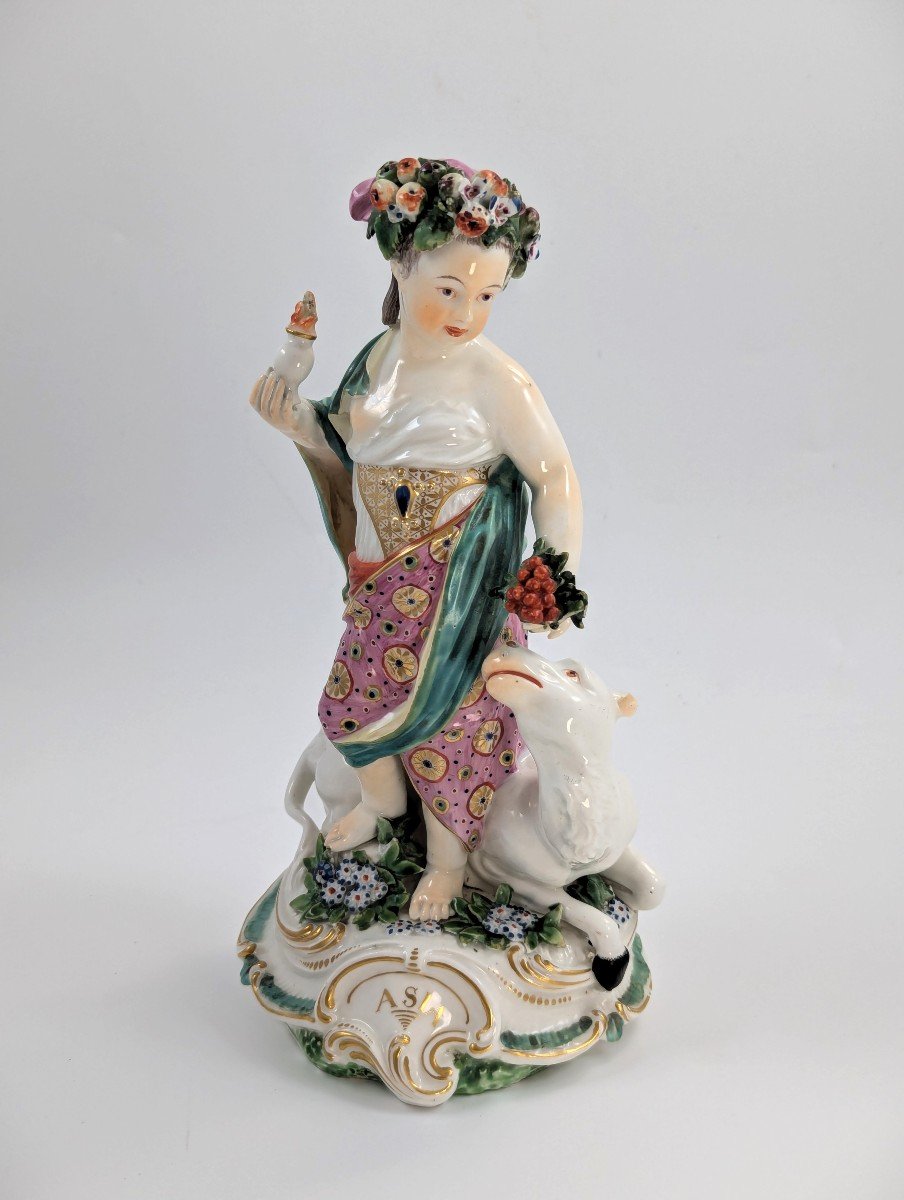
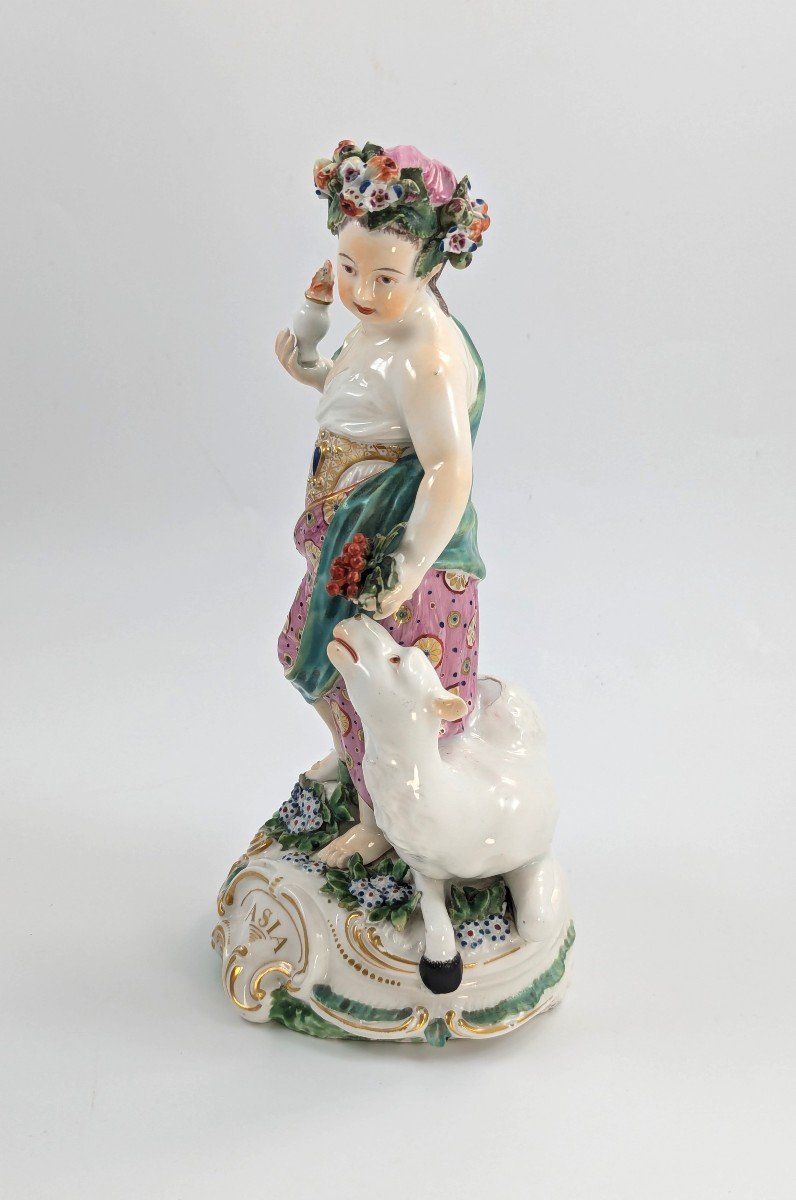

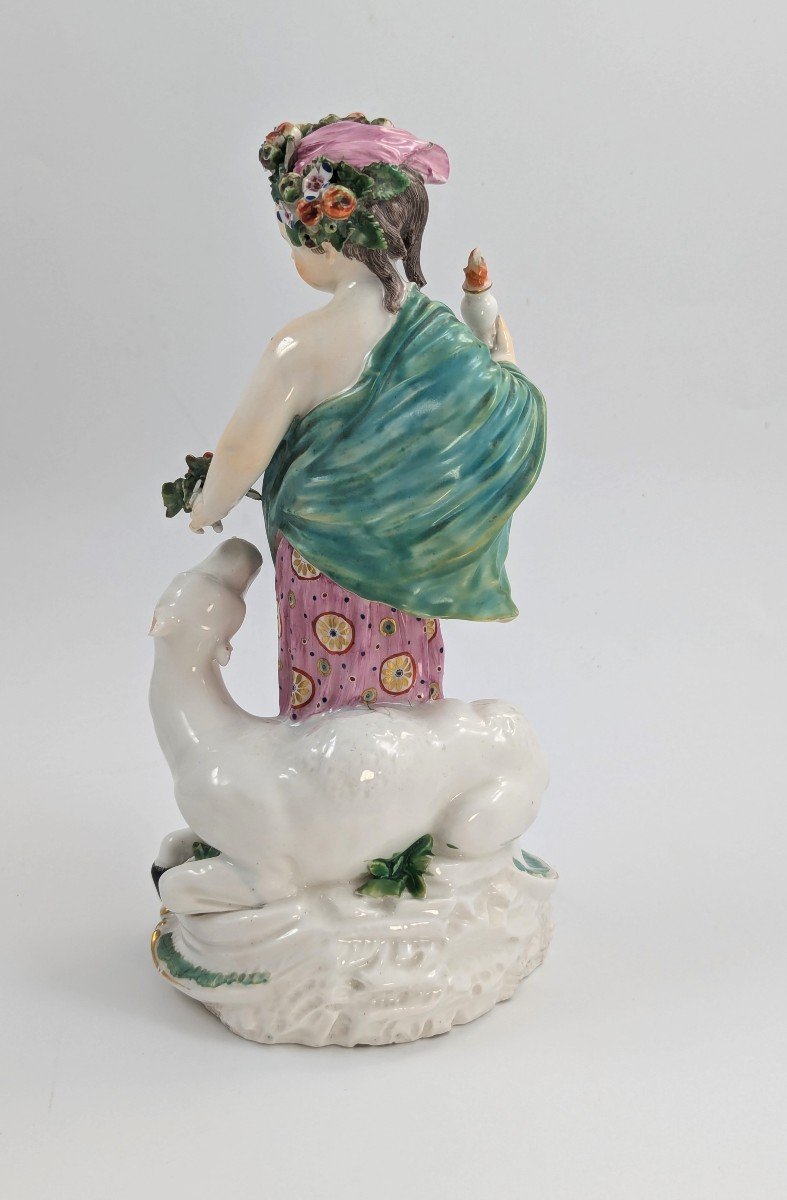



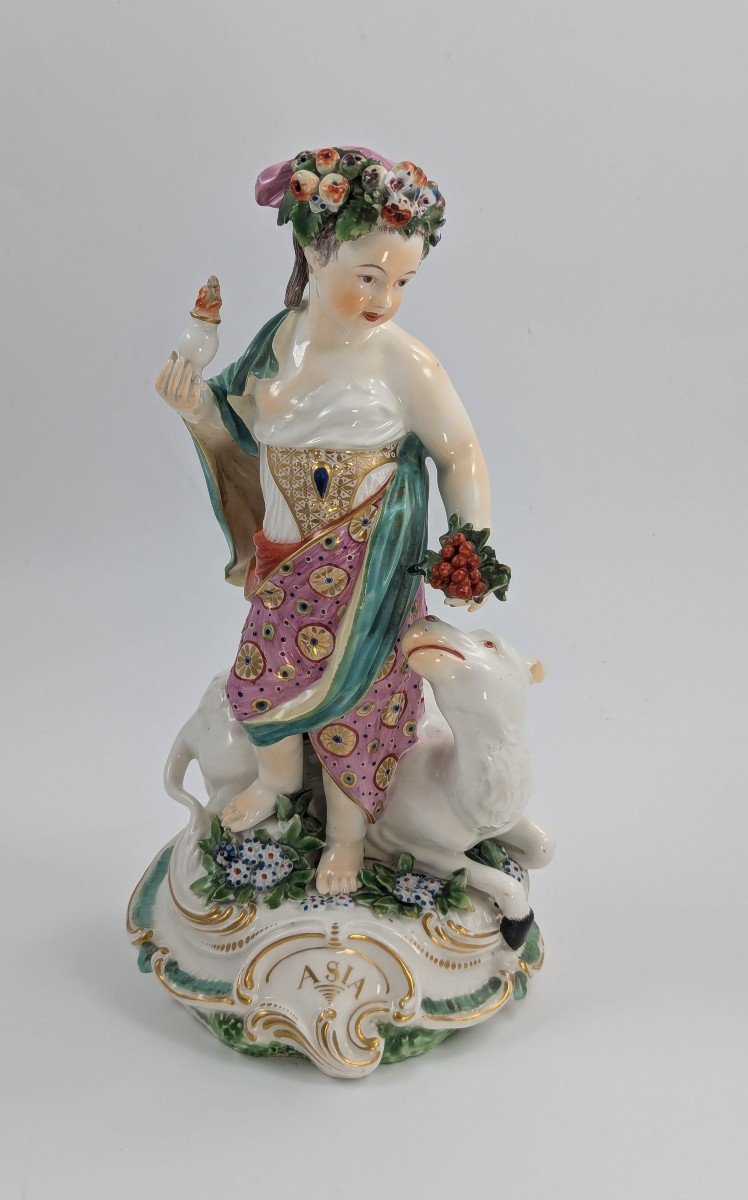
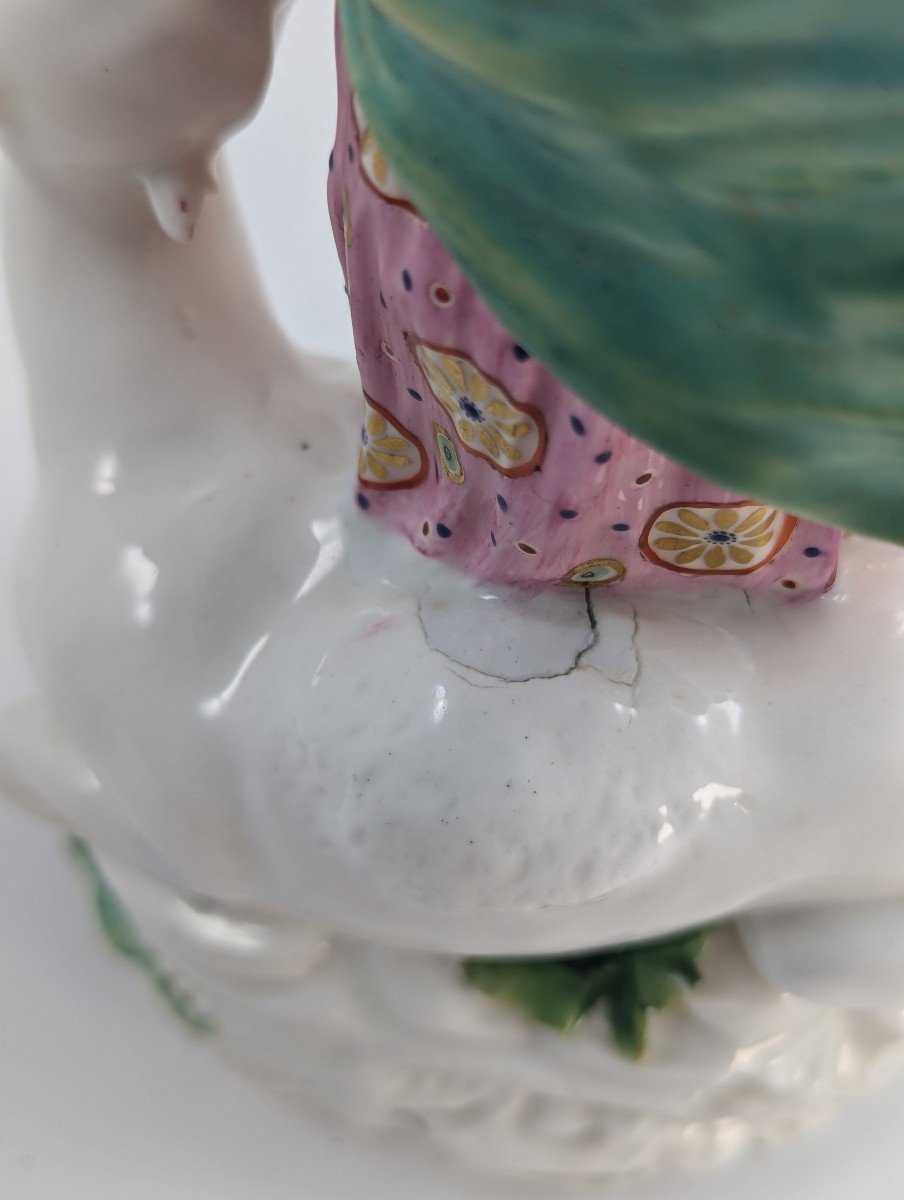

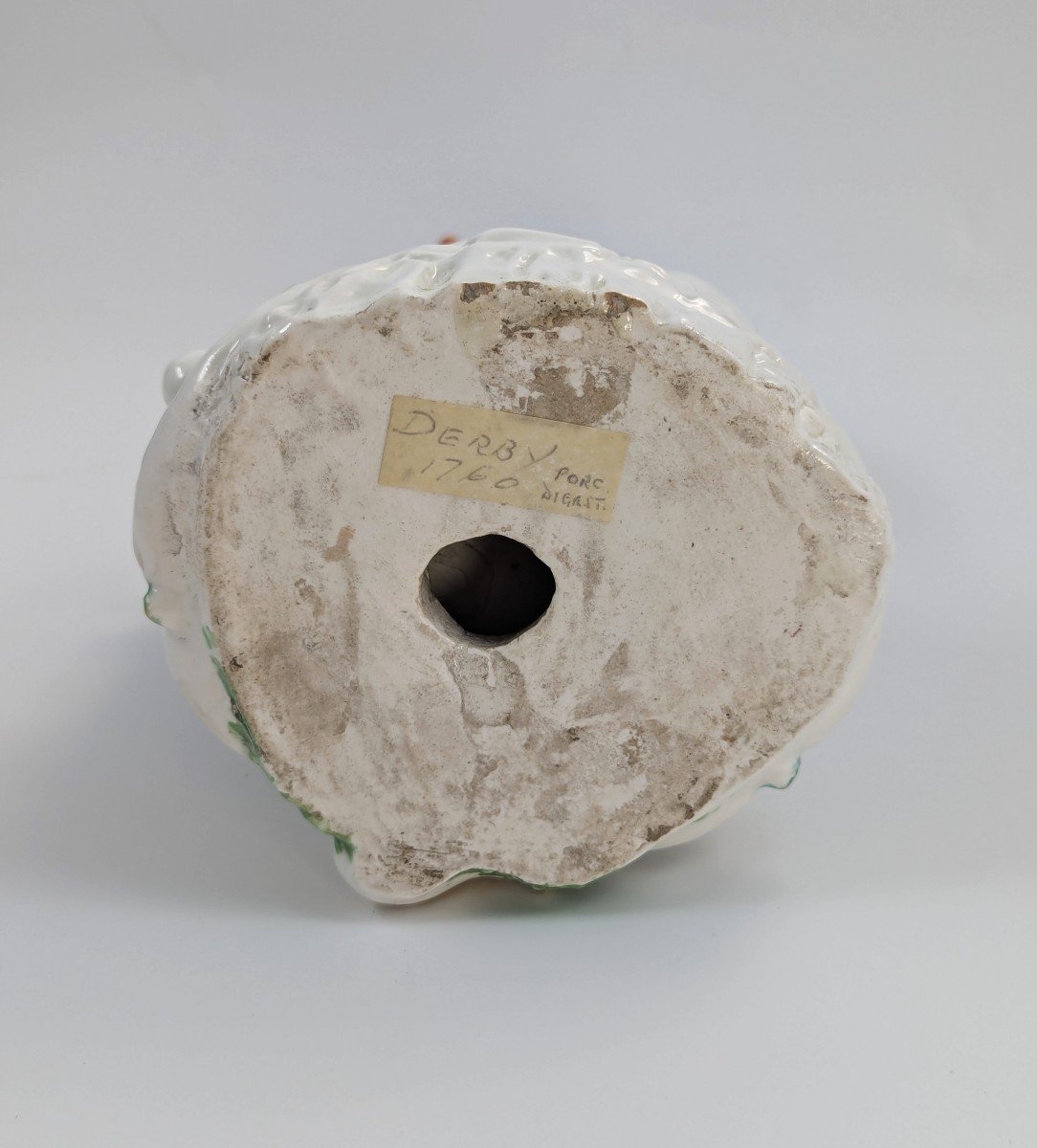




































 Le Magazine de PROANTIC
Le Magazine de PROANTIC TRÉSORS Magazine
TRÉSORS Magazine Rivista Artiquariato
Rivista Artiquariato